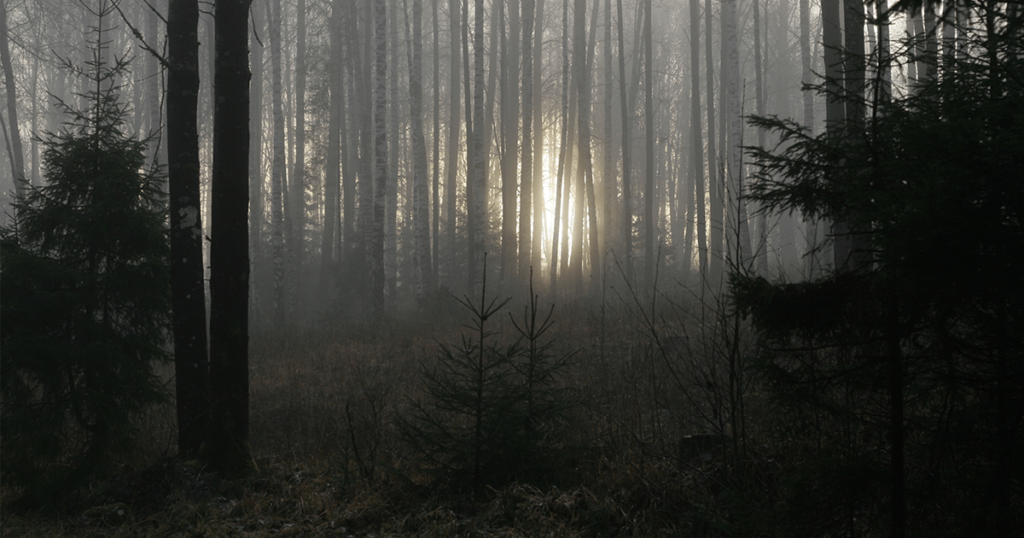
In the spring of 1815, already beset by poor health, Percy Shelley was tormented by a spell of coughing so vicious, and a pain in his side so intense, that he became convinced he was about to die. “An eminent physician,” wrote Mary Godwin (soon to be Mary Shelley), diagnosed the malady as consumption, and so, throughout the spring and well into the summer, the poet was obsessed with thoughts of his mortality. He began imagining what might become of Mary were he indeed to perish. Not until early September did Shelley recover, yet his general gloom lingered; after all, there had been a death earlier that year—that of the couple’s first child. Having moved with Mary into a cottage on the border of Berkshire and Surrey, a hundred yards or so from the Great Park at Windsor, Shelley wrote the death-inflected “Alastor; or The Spirit of Solitude” and a work that more directly addressed his anxieties about his future wife: a Gothic, angst-ridden poem called “The Sunset.”
Completed in the spring of 1816, the poem describes a young couple, newly in love, walking amid a sylvan landscape, hoping to glimpse the setting sun. The young man is ecstatic, such is the intensity of his feeling (“None may know / The sweetness of the joy which made his breath / Fail, like the trances of the summer air …”), yet upon emerging from “a hoar wood shadowed o’er,” the two lovers find that they have missed the magical, expected moment:
“Is it not strange, Isabel,” said the youth,
“I never saw the sun? We will walk here
To-morrow; thou shalt look on it with me.”
There is, however, no tomorrow. After a night spent in each other’s arms, the young man mysteriously dies, leaving Isabel to spend the entirety of her life in a state of mourning: “The lady died not, nor grew wild, / But year by year lived on …” She takes cares of her father, enduring, persevering, calmly accepting her fate, becoming with age the embodiment of the living dead, little more than a corpse:
Her eyes were black and lustreless and wan:
Her eyelashes were worn away with tears,
Her lips and cheeks were like things dead—so pale;
Her hands were thin, and through their wandering veins
And weak articulations might be seen
Day’s ruddy light …
We can be fairly certain that this grieving woman is meant to be Mary. In an early manuscript, before the poet settled on calling her Isabel, Shelley had named the forlorn woman Maria.
The Italian composer Ottorino Respighi (1879–1936) was enamored of this poem, as he was of other works by Shelley, many of which he knew from Roberto Ascoli’s Poesie di P. B. Shelley. In 1914—shortly after his appointment to the faculty of the Conservatorio di Santa Cecilia in Rome and a few years before the first of his orchestral tone poems, Fountains of Rome, brought him worldwide attention—Respighi set “The Sunset” in Ascoli’s translation, Il Tramonto. It’s a ravishingly beautiful piece, scored for soprano (or mezzo-soprano) and string quartet, containing within its 15 minutes so many contrasting emotions and moods that the work feels less like a song and more like an opera in miniature.
If you are familiar only with Fountains of Rome or the other sonically splendid orchestral showpieces (Pines of Rome and Roman Festivals) for which Respighi is most known today, Il Tramonto will perhaps come as a shock. For one thing, the musical language is highly chromatic, autumnal, and melancholy, putting one in mind of Schoenberg’s string sextet Verklärte Nacht, or even Wagner’s Tristan. Yet listen to the opening vocal line, and you will also hear echoes, however faint, of “Mi chiamano Mimi” from Puccini’s La Bohème, as well as the recitative style of earlier, Baroque operas. You can almost sense the thirtysomething Respighi trying out various guises: over the course of the piece, the music drifts from Puccini and Strauss to the impressionism of Ravel and the diaphanous sound world of Debussy.
Il Tramonto is intimate, personal, and inward-looking, the mood aided no doubt by the spare scoring—another work for voice and string quartet (and another brilliant setting of a poem), Samuel Barber’s Dover Beach, shares this feeling of intimacy. And though Respighi beautifully conveys the delights of young love, the vocal writing often radiant above a gently rolling accompaniment of triplet figures, there is a palpable sense of the bitter along with the sweet. Whether whispered or impassioned, the music feels more often than not restless, perhaps due to the frequent changes of key. We feel the growing sense of dread that culminates in La nuda tomba, che il tuo fral racchiude … Or, in Shelly’s original:
… The tomb of thy dead self
Which one vexed ghost inhabits, night and day,
Is all, lost child, that now remains of thee!
The mood here is no longer autumnal but wintry, though by work’s end, a sensation of mild warmth returns, the sweet and lilting string accompaniment and the vocal line, too, conveying not icy despair but quiet resignation—like a rose-hued afterglow that lingers in the mind long after the fall of night.
Listen to Sena Jurinac and the Barylli Quartett perform Respighi’s Il Tramonto:


